- About us
- Support the Gallery
- Venue hire
- Publications
- Research library
- Organisation chart
- Employment
- Contact us
- Make a booking
- Onsite programs
- Online programs
- School visit information
- Learning resources
- Little Darlings
- Professional learning
Henry Searle (1886–1889), aka the ‘Clarence River Comet’, took up rowing as a boy as a means of getting himself to school. At 22 he moved to Sydney, where in October 1888 he beat compatriot and reigning world champion, Peter Kemp, by 150 yards in a race on the Parramatta River, netting himself both the world title and a winner’s purse of £1000. Upwards of 30,000 spectators are said to have watched the race and to have later crowded the city’s ‘principal sporting hostelries’ to discuss the impressiveness of Searle’s win and person. He confirmed his standing as the ‘King of Scullers’ in beating Canadian William O’Connor in a race on the Thames in October 1889. Though then at the peak of his much-commented-upon fitness, Searle contracted typhoid on the voyage home and died, aged 23, on 10 December 1889, three weeks after his ship berthed in Melbourne. His passing was met with great displays of public grief, 170,000 people reportedly turning out for his memorial service in Sydney. A monument to him was later erected on the Parramatta River rocks that had marked the finishing line in his famous 1888 victory.
Purchased 2014



On one level The Companion talks about the most famous and frontline Australians, but on another it tells us about ourselves.
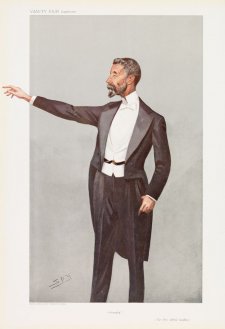
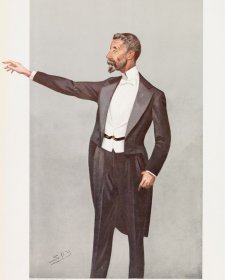
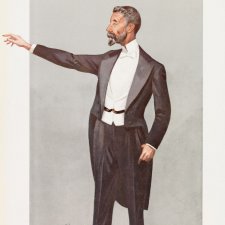
Ashleigh Wadman rediscovers the Australian characters represented with a kindly touch by the British portrait artist Leslie Ward for the society magazine Vanity Fair.

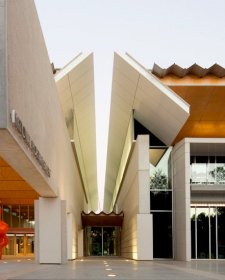
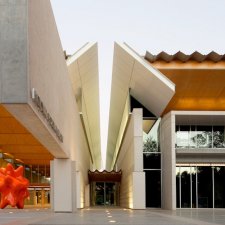
Visit us, learn with us, support us or work with us! Here’s a range of information about planning your visit, our history and more!